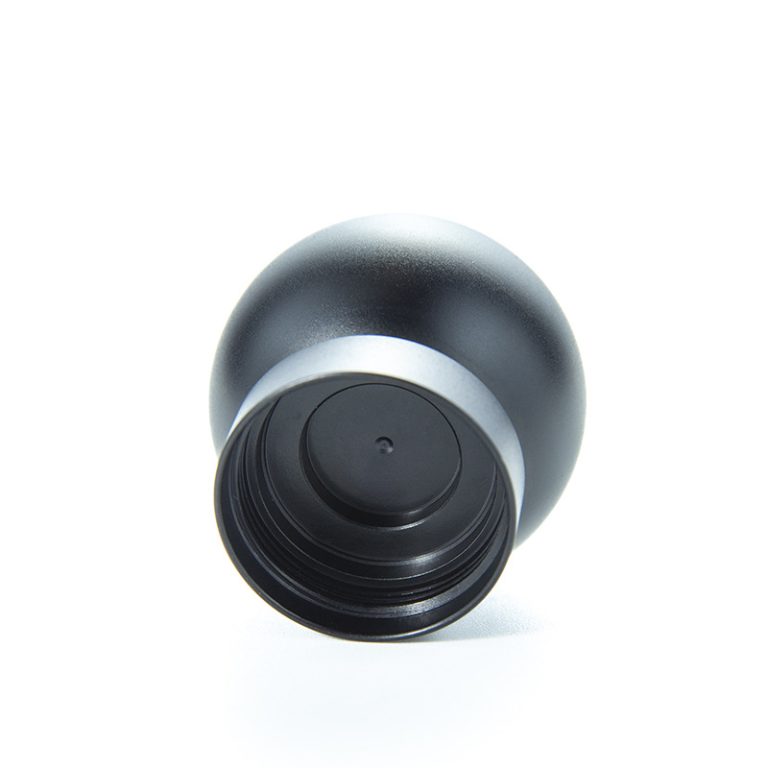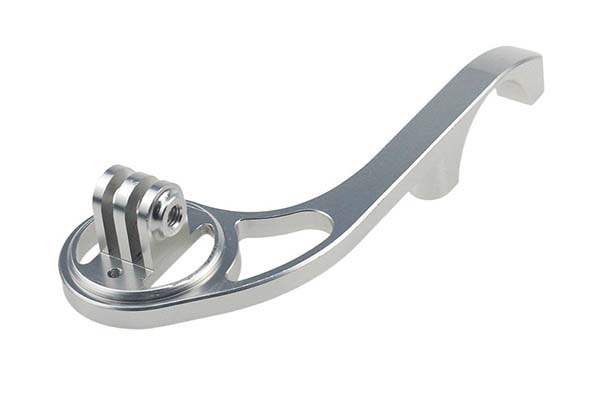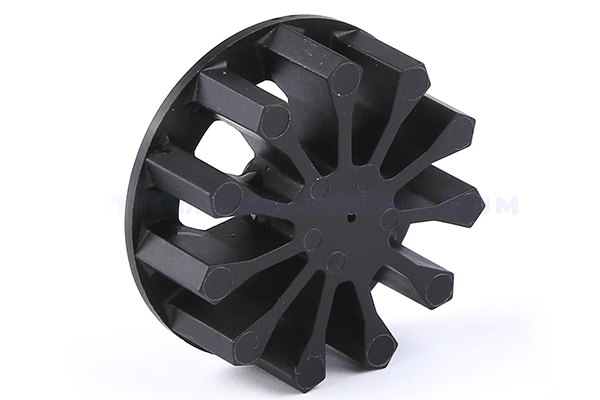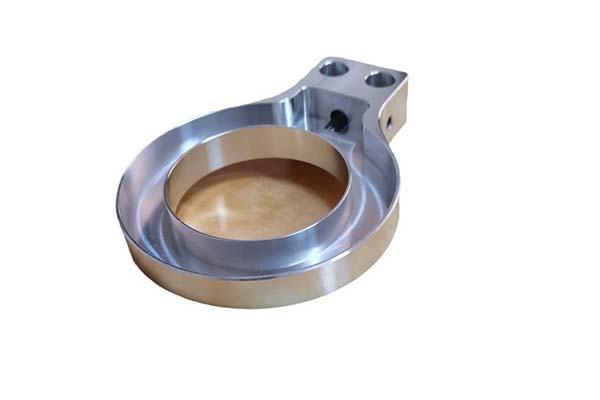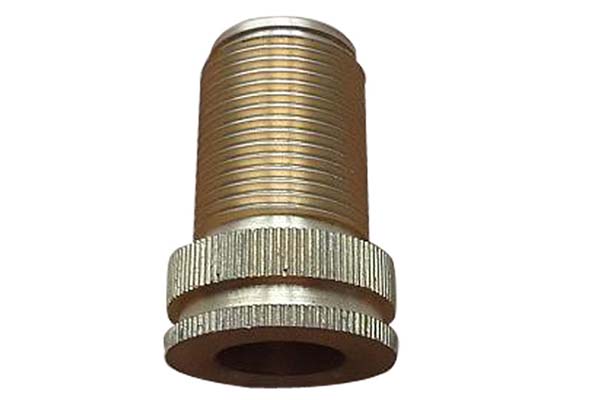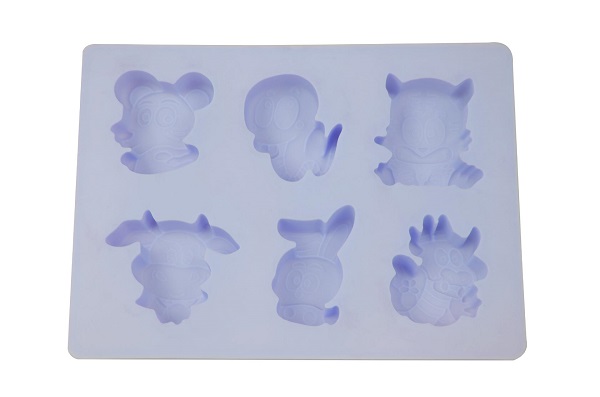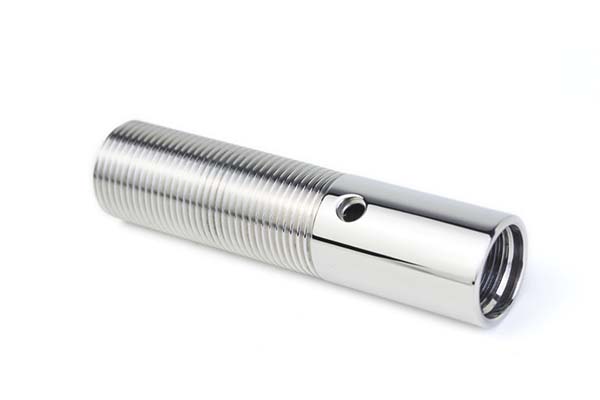CNC (Computer Numerical Control) machining has significantly impacted the plastics industry by enabling the efficient and precise production of plastic components. This technology, which involves computer-controlled machines and software to shape materials, has opened new possibilities for the design and manufacturing of complex, high-quality plastic parts. From rapid prototyping to mass production and customized designs, CNC machining has become a cornerstone in the plastics sector. This article explores how CNC machining influences the plastics industry, detailing its applications, advantages, challenges, and future prospects.
Introduction to CNC Machining
Definition and Principles
CNC machining is a manufacturing process that uses pre-programmed software to control the movement and operation of machine tools. The process starts with the creation of a digital design using Computer-Aided Design (CAD) software, which is then converted into G-code through Computer-Aided Manufacturing (CAM) software. This code is interpreted by the CNC machine, instructing it to execute precise cutting, drilling, milling, or turning operations to produce the desired plastic part.
Key principles behind CNC machining include:
- CAD: For creating digital models of parts.
- CAM: For converting designs into machine instructions (G-code).
- CNC Machine: For executing the precise movements according to the G-code.
- Cutting Tools: Specific to the material and complexity of the part being produced.
The integration of these elements enables CNC machines to produce plastic parts with unparalleled precision, accuracy, and repeatability, making them a top choice for a variety of applications.
History and Evolution
The concept of CNC machining traces back to the 1940s, when John T. Parsons developed the first Numerical Control (NC) machine at MIT. Over time, advancements in computing power, software development, and machine tool technology have made CNC machining more efficient and accessible. By the 1970s, CNC technology gained widespread adoption, initially in the metalworking industry, and later expanded to plastics due to the growing demand for high-performance, precision plastic parts.
In the plastics industry, CNC machining emerged as a game-changer by enabling the creation of intricate geometries and complex shapes from a variety of plastic materials. As the demand for lightweight, strong, and customized plastic components increased, CNC technology adapted with more advanced tools, algorithms, and multi-axis capabilities, positioning it as a foundational technology in the industry.
Applications in the Plastics Industry
CNC machining has far-reaching applications within the plastics industry, from small-scale prototyping to high-volume manufacturing. Below are some key areas where CNC machining has made an impact:
1. Rapid Prototyping
In product development, rapid prototyping allows manufacturers to quickly create and test plastic components before moving into full-scale production. CNC machining is highly effective in this regard, enabling fast turnaround for prototypes. Designers can take their digital models and transform them into functional prototypes with high accuracy, which aids in iterative testing, design refinement, and faster time-to-market.
2. Mass Production
Although CNC machining is often associated with low-volume production, recent technological advancements have made it suitable for mass production as well. High-speed CNC machines, equipped with automated tool changers and robotic systems, can efficiently produce large quantities of plastic parts. This is particularly beneficial for industries such as automotive, medical devices, and consumer electronics, where high-volume production is required alongside consistent quality and fast turnaround times.
3. Customization and Complexity
CNC machining excels in creating custom parts with complex geometries. This flexibility allows manufacturers to produce parts with intricate details that would be challenging or impossible to achieve with traditional methods, such as milling, turning, or engraving highly detailed designs. CNC machining provides a solution for producing bespoke plastic components, tailored to specific design needs, opening up new possibilities for product innovation.
Advantages of CNC for Plastics
The use of CNC machining in the plastics industry brings several benefits, including precision, material versatility, and cost-effectiveness. These advantages have transformed how plastic parts are produced across various sectors.
1. Precision and Accuracy
CNC machining is known for its unmatched precision, which is essential when producing plastic components with tight tolerances. Unlike manual machining, where human error can introduce inaccuracies, CNC machines execute designs with exact measurements, ensuring consistency across multiple production runs. This precision is crucial for industries such as aerospace, medical devices, and electronics, where the exact specifications of parts are vital to performance and safety.
2. Material Versatility
CNC machines are capable of working with a wide range of plastic materials. Common materials used include:
- ABS (Acrylonitrile Butadiene Styrene)
- Polyethylene (PE)
- Polycarbonate (PC)
- Polyamide (PA)
- Polymethyl Methacrylate (PMMA)
- Polyoxymethylene (POM)
CNC machining is versatile enough to handle various types of plastic, including thermoplastics, thermosets, composites, and engineering plastics. This adaptability allows manufacturers to select the best material based on the requirements of the part, whether for lightweight components, high-strength applications, or parts with special thermal or chemical resistance.
3. Cost-Effectiveness
While the initial cost of CNC equipment may be significant, the long-term benefits often outweigh the investment. CNC machining reduces waste by optimizing material usage and minimizing scrap. The automation of repetitive tasks also reduces the need for manual labor, leading to lower labor costs and faster production times. Furthermore, because CNC machines can run continuously, they increase production efficiency and allow for quicker time-to-market for new products.
Challenges and Limitations
Despite the numerous advantages, there are some challenges and limitations to CNC machining in the plastics industry:
1. Material Selection
Choosing the right plastic material for a specific application is crucial for achieving optimal results. Different plastics have unique properties (e.g., hardness, elasticity, thermal stability) that influence the machining process. If the wrong material is chosen, it can lead to poor surface finish, delamination, or other issues during production. Manufacturers must carefully consider the properties of the plastic to ensure it matches the requirements for machinability and end-use performance.
2. Surface Finishing
Achieving a smooth surface finish is one of the challenges when CNC machining plastic parts. The cutting process can leave tool marks or rough edges that require post-processing steps such as sanding, polishing, or chemical treatments to meet aesthetic or functional requirements. While CNC machines can produce parts with decent finishes, additional post-machining operations are often necessary for parts that require a glossy or polished surface.
3. Tool Wear
CNC machining plastic materials is less abrasive than machining metals, but some engineering plastics (like polycarbonate or PEEK) can still cause tool wear, especially during high-volume runs. Tool wear affects the precision of cuts and can lead to increased maintenance costs. Manufacturers must regularly monitor and replace tools to maintain the accuracy and efficiency of the machining process.
Future Prospects
The future of CNC machining in the plastics industry looks promising as advancements in technology continue to evolve. Several trends are shaping the future of CNC machining:
1. Integration of Automation
Automation will play an increasingly important role in the plastics industry, improving the efficiency and speed of production processes. Robotic arms, automated material handling, and machine learning algorithms will enable CNC machines to perform tasks autonomously, reducing the need for human intervention and increasing throughput.
2. Advanced Material Development
Ongoing research and development in advanced plastics will further expand the capabilities of CNC machining. For example, bio-based plastics, recycled plastics, and smart materials with embedded sensors could open new avenues for creating innovative parts in industries like healthcare, automotive, and consumer electronics.
3. Improved Software and AI Integration
Advancements in CAD, CAM software, and artificial intelligence (AI) will streamline the CNC machining process. AI-driven software can optimize cutting paths, reduce cycle times, and predict tool wear, leading to even more efficient production processes.
FAQs
Q1: What types of plastic materials are commonly used in CNC machining?
A1: Common plastics used in CNC machining include ABS, Polycarbonate (PC), Polypropylene (PP), Polyamide (PA), Polymethyl Methacrylate (PMMA), Polyoxymethylene (POM), and PEEK. These materials offer a range of properties such as strength, flexibility, and heat resistance, making them suitable for different applications.
Q2: How does CNC machining compare to 3D printing for plastic part production?
A2: CNC machining is more suitable for precise, high-quality, and functional parts, especially when working with materials that require precise cuts. CNC is ideal for larger production runs and parts requiring tight tolerances. 3D printing, on the other hand, excels in rapid prototyping and the production of complex geometries but may not achieve the same level of precision and finish as CNC machining.
Q3: Can CNC machining be used for metal parts as well as plastic parts?
A3: Yes, CNC machining can be used for both metal and plastic parts. The same principles apply, but machining metals requires stronger cutting tools and may involve more advanced cooling techniques. CNC machining is versatile and effective for both types of materials, providing high-quality parts in various industries.
